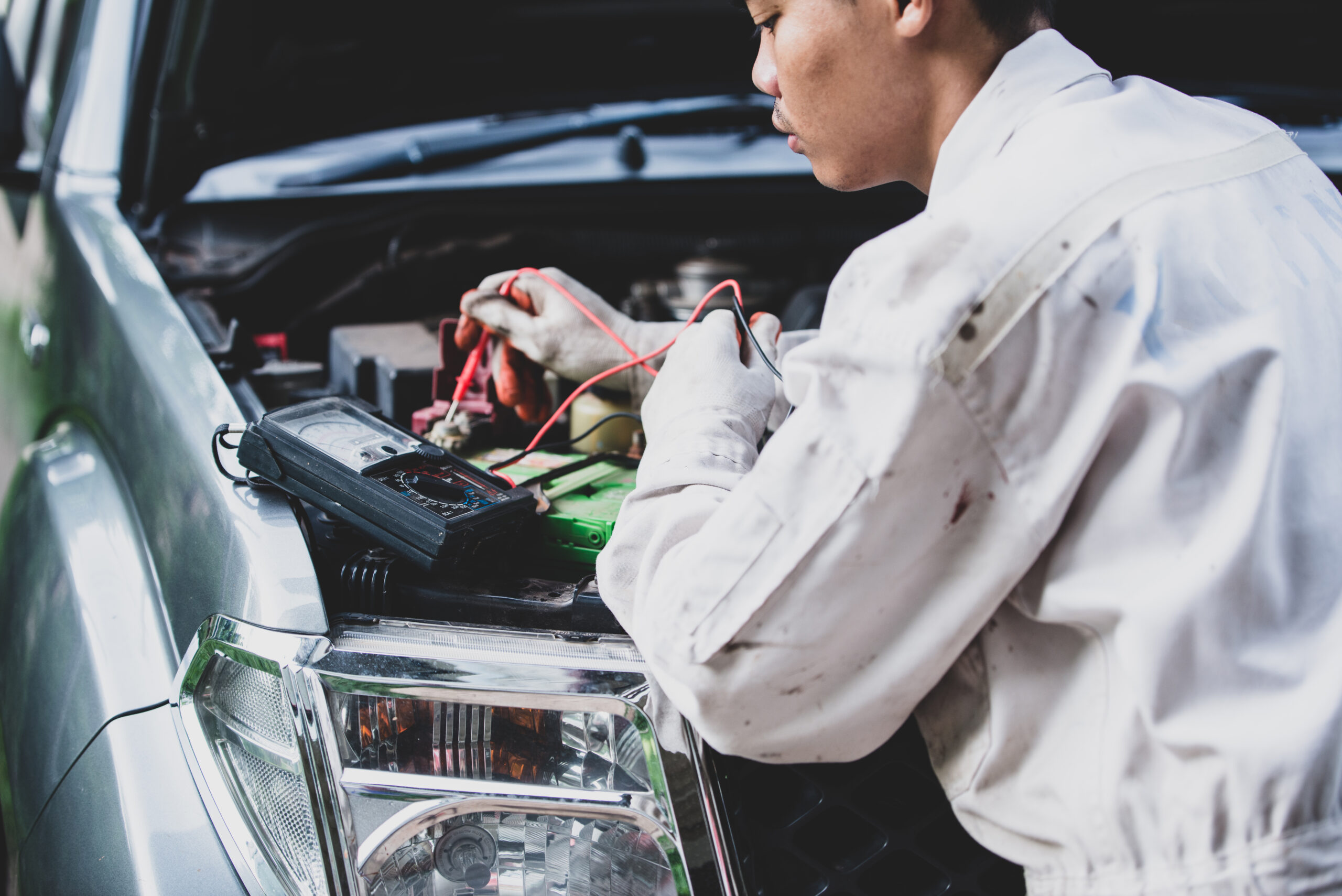Electrical issues in your vehicle can be frustrating and disrupt your driving experience in South Africa. From malfunctioning lights to faulty power windows, these issues can arise due to various factors such as wiring problems, blown fuses, or faulty switches. Troubleshooting and fixing common electrical issues in your vehicle require a systematic approach and basic knowledge of your car’s electrical system. In this article, we will guide you through the process of troubleshooting and fixing common electrical issues in South Africa.
- Check the Fuse Box:
A blown fuse is often the culprit behind many electrical issues. Locate the fuse box in your vehicle, typically found under the dashboard or in the engine compartment. Refer to your vehicle’s manual to identify the fuse related to the malfunctioning component. If you find a blown fuse, replace it with a new one of the same amperage rating. However, if the fuse blows again immediately or frequently, it may indicate an underlying problem that requires further investigation.
- Inspect Wiring and Connections:
Loose or damaged wiring can cause electrical problems. Start by visually inspecting the wiring harnesses and connections related to the malfunctioning component. Look for loose connections, frayed wires, or signs of corrosion. If you spot any issues, repair or replace the damaged wiring as necessary. Use electrical tape or connectors to secure loose connections and ensure a proper electrical connection.
- Test the Component:
If a specific electrical component, such as a headlight or power window, is malfunctioning, perform a component-specific test. Use a multimeter to check for voltage at the component’s electrical connector. If there is no voltage, it may indicate a problem with the wiring, switch, or relay. Consult a wiring diagram or seek professional assistance to identify the specific wiring or switch related to the component and troubleshoot accordingly.
- Examine Switches and Relays:
Faulty switches or relays can result in electrical issues. Test the corresponding switch or relay related to the malfunctioning component. Use a multimeter to check for continuity or resistance. If the switch fails to operate properly or the relay does not engage, consider replacing them with compatible parts. Switches and relays are often inexpensive and readily available from automotive parts suppliers.
- Battery and Ground Connections:
Weak battery or poor ground connections can cause various electrical issues in your vehicle. Ensure that the battery terminals are clean, tight, and free from corrosion. Use a battery tester or have the battery tested at an auto parts store to verify its condition. Additionally, inspect the ground connections, typically located near the battery or engine block, and tighten any loose connections.
- Seek Professional Assistance:
If you are unable to diagnose or resolve the electrical issue, it is recommended to seek professional assistance. Automotive electricians have the expertise and diagnostic tools to identify complex electrical problems and make the necessary repairs. They can also access vehicle-specific wiring diagrams and technical resources to ensure accurate troubleshooting and repairs.
Troubleshooting and fixing common electrical issues in your vehicle can be a straightforward process with a systematic approach. By checking the fuse box, inspecting wiring and connections, testing components, examining switches and relays, and ensuring battery and ground connections, you can often resolve electrical problems. However, if you encounter complex issues or lack confidence in your electrical troubleshooting skills, it is best to consult a professional automotive electrician. Remember to prioritize safety during any electrical work and consult your vehicle’s manual for specific guidance. With proper troubleshooting and repairs, you can restore the electrical functionality of your vehicle and enjoy a hassle-free driving experience on South African roads.











